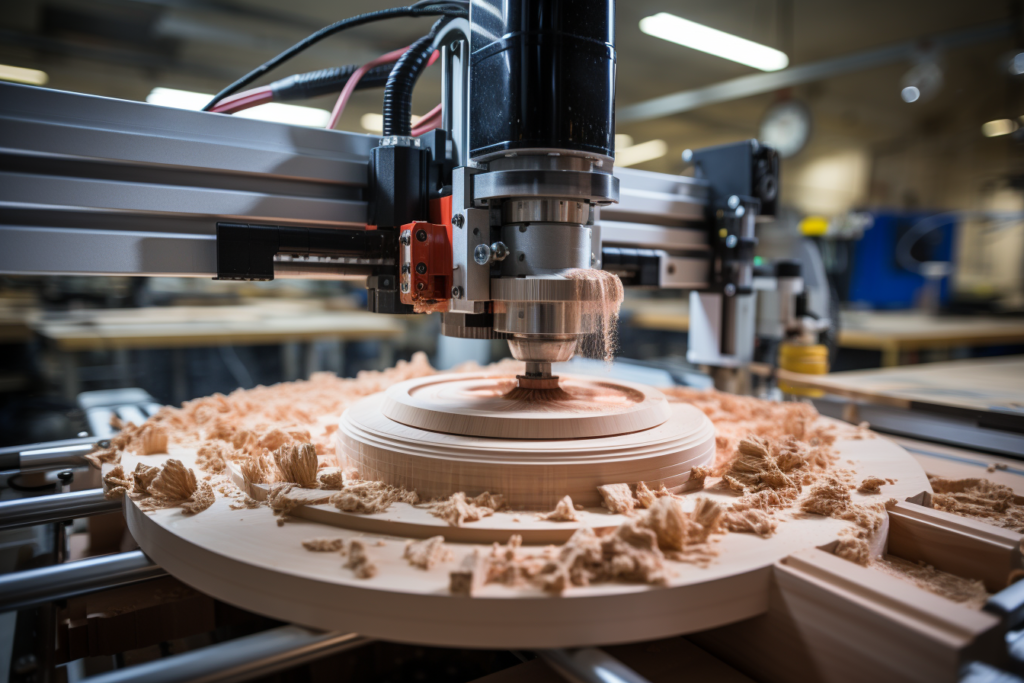Maximizing Efficiency: Tips and Tricks for Optimizing CNC Machining Services
The realm of CNC machining services is ever-evolving. As the technological advancements of Computer Numerical Control (CNC) machines promise precision, speed, and scalability in manufacturing processes, achieving peak efficiency isn’t merely about activating it and letting it run its course. These machines demand a mix of knowledge, vigilance, and best practices. This article unveils some vital insights into CNC optimization.
Understanding the Basics
Before diving into intricate tweaks, always ensure you have a solid grasp of the fundamentals. The basic setup, tool selection, and programming intricacies can influence the efficiency of your machine. Here’s a list of must-knows:
- Machine Calibration: Regularly calibrate your machine to maintain accuracy. Pay attention to it when looking for CNC services near me that specialize in precision.
- Tool Quality: Investing in high-quality cutting tools can significantly enhance the finish and speed.
- Maintenance Schedule: Stick to a strict cleaning and maintenance regime to prolong the machine’s life and maintain efficiency.
Enhancing Speed and Feed Rates
Speed and feed rates play an instrumental role in determining the quality of the finish and the speed of operation. However, maximizing these rates isn’t about pushing them to the limit but optimizing them for each specific task.
- Material Consideration: Different materials require different feed rates. Harder materials generally require slower feed rates than softer ones. When it comes to MDF CNC cutting, understanding its optimal feed rate is crucial.
- Tool Selection: Ensure you’re using the correct tool for the job. Different tools are optimized for different feed rates and materials.
Optimizing Workflow
A streamlined workflow not only speeds up production but also reduces errors.
- Batch Processing: Group similar jobs together. This reduces the need for machine adjustments and recalibrations between tasks.
- Program Verification: Before you start a job, ensure that the CNC cutting program is verified. Using simulation software can help in identifying potential collisions, errors, or inefficiencies.
Keeping an Eye on Tool Wear
A worn-out tool can considerably slow down operations and reduce the quality of finishes.
- Regular Inspection: Frequently inspect tools for wear or damage. Early replacement can prevent imperfect cuts and machine damage.
- Temperature Monitoring: Overheating can be the result of excessive wear or insufficient lubrication, especially when working on such spray painting MDF board surfaces. Always monitor the temperature and lubricate as needed.
Advanced Techniques
For those who have covered the basics and are looking for even more refinement:
- High-Speed Machining: Modern CNC machines can perform high-speed machining, which involves taking smaller cuts at higher feed rates. This technique can drastically reduce production times.
- Adaptive Clearing: This technique uses algorithms to adjust the toolpath in real time, allowing for more efficient and safer cuts.
Efficiency in CNC operations isn’t a one-time achievement; it’s an ongoing journey of learning and refinement. By regularly updating your knowledge, investing in quality tools, and staying vigilant in monitoring and maintenance, you can ensure that your CNC machine operates at peak efficiency. The result? Faster production times, reduced waste, better finishes, and increased profitability. Stay curious, stay updated, and most importantly, stay hands-on.
FAQ
How often should I calibrate my CNC machine?
Calibration frequency depends on usage and the specific machine. However, as a general rule, calibration every six months is advisable for machines in regular use. If you’re operating in high-precision sectors, consider more frequent checks.
Can I integrate other services into my operations workflow?
Absolutely! Integrating complementary services, like MDF spraying service, can offer your clients a one-stop solution, enhancing your business model and increasing profitability.
How do I know when a tool is worn out?
Visible signs of wear, reduced efficiency, increased vibration during operation, or subpar finish quality are indicators. Regular inspection under a magnifying glass or microscope can also reveal micro-abrasions or wear.
What’s the difference between high-speed machining and regular machining?
High-speed machining involves taking smaller cuts but at higher feed rates. It’s especially beneficial for intricate designs or fine finishes. Regular machining, on the other hand, may take deeper cuts but at slower speeds.
